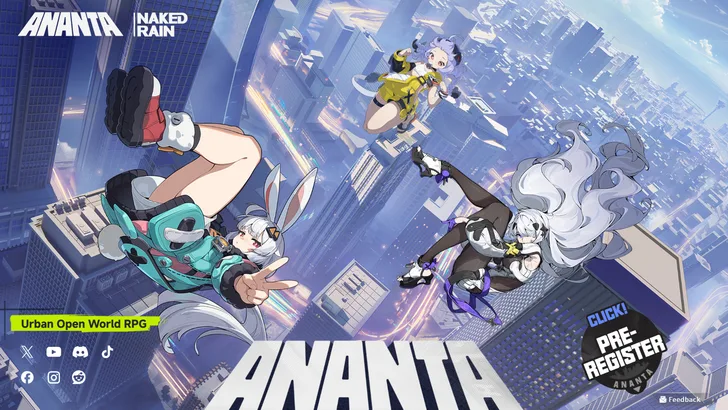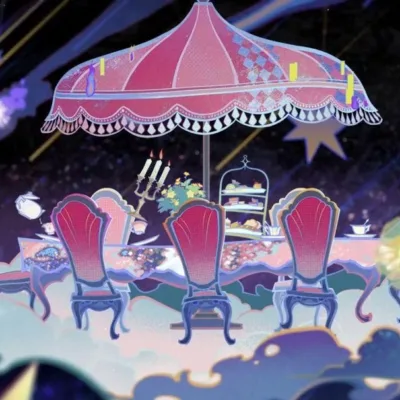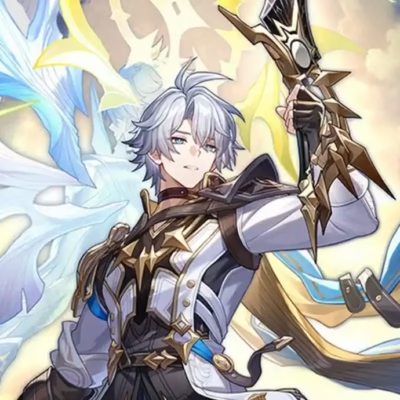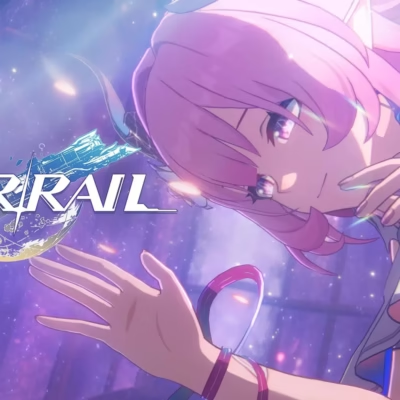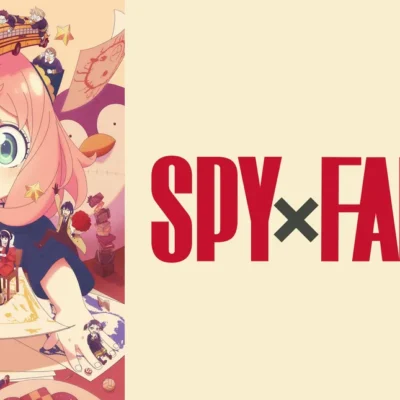Every few years, a game appears that’s so ambitious it could either change the industry forever or collapse under its own weight. Right now, that title is the Ananta game, an open-world RPG formerly known as Project Mugen.
This free-to-play adventure promises to be the ultimate anime sandbox, mixing the chaotic freedom of Grand Theft Auto with stunning anime visuals. But behind the incredible trailers is a story of technical struggles and risky decisions. Let’s dive into what makes Ananta so exciting—and whether it can actually pull it off.
What is Ananta? The ‘Anime GTA’ Dream
At its heart, Ananta is pitched as “anime meets GTA.” Imagine a huge, sun-drenched city where you can do almost anything, all with the polished look of your favorite anime. The trailers show players parkouring across rooftops and engaging in high-speed car chases.
A key feature is the total lack of stamina bars. You can run, swing, climb, and drive forever, making movement fast, fluid, and fun. The city itself is designed to be a living playground where you can:
Play street basketball or mahjong with NPCs.
Take on side-jobs like being a police officer or a hacker.
Go on dates at amusement parks and arcades.
Use almost anything as a weapon, from trash cans to cars.
This vision has created massive hype, with over 11 million players pre-registering. But does the real game live up to the dream?
The Big Problem: Can Your PC Even Run It?
After the first player tests, it became clear that Ananta is as impressive as it is flawed.
What Works: The freedom of movement is a huge win. Players love the smooth parkour and web-swinging mechanics. The city is incredibly detailed—you can even snatch phones from NPCs and find short films playing in the cinemas.
What Doesn’t: The game’s biggest hurdle is optimization. Even powerful, high-end PCs have struggled to run the game, with reports of crashes during cutscenes. This raises a huge red flag: if the best computers can’t handle it, how will it ever run on consoles or mobile phones?
A Troubled Past: From Buggy Mess to Ambitious Reboot
To understand Ananta’s problems, you have to look at its history. The project started in 2019 as a bizarre experiment where bugs and glitches were supposed to be part of the gameplay. After that idea failed, the developers rebooted it into the ambitious game we see today.
Ironically, a team that once tried to make bugs a feature is now fighting to fix game-breaking bugs. After more than five years, the Ananta game has become a high-stakes redemption story.
Ananta’s Boldest Move: No More Gacha?
One of the most surprising decisions the developers made was removing the character gacha system. Most games like this make money by having players gamble for new characters in a slot machine-like system.
Instead, Ananta will focus on selling cosmetics, like clothing. They’re even making the system incredibly player-friendly, allowing you to mix and match clothing pieces across different characters. This is a huge risk financially, but it positions Ananta as a game that respects its players over squeezing them for cash.
Why You Should Care About Ananta
The Ananta game isn’t just another RPG; its success or failure could have a ripple effect across the industry.
For Mobile Gaming: It’s pushing the limits of what a phone can do.
For Gacha Games: If it makes money without a character gacha, other developers might copy its player-friendly model.
For the Competition: Industry giants like HoYoverse (Genshin Impact) will be watching closely and may have to adapt if Ananta becomes a hit.
Conclusion: A Masterpiece in the Making, or a Beautiful Mess?
Ananta is a game of extremes. It offers incredible freedom and innovative ideas but is held back by major technical problems. Whether it becomes a flawed masterpiece or a beautiful, broken dream, its journey is one of the most important stories in gaming right now. It’s a game every player should be watching.

